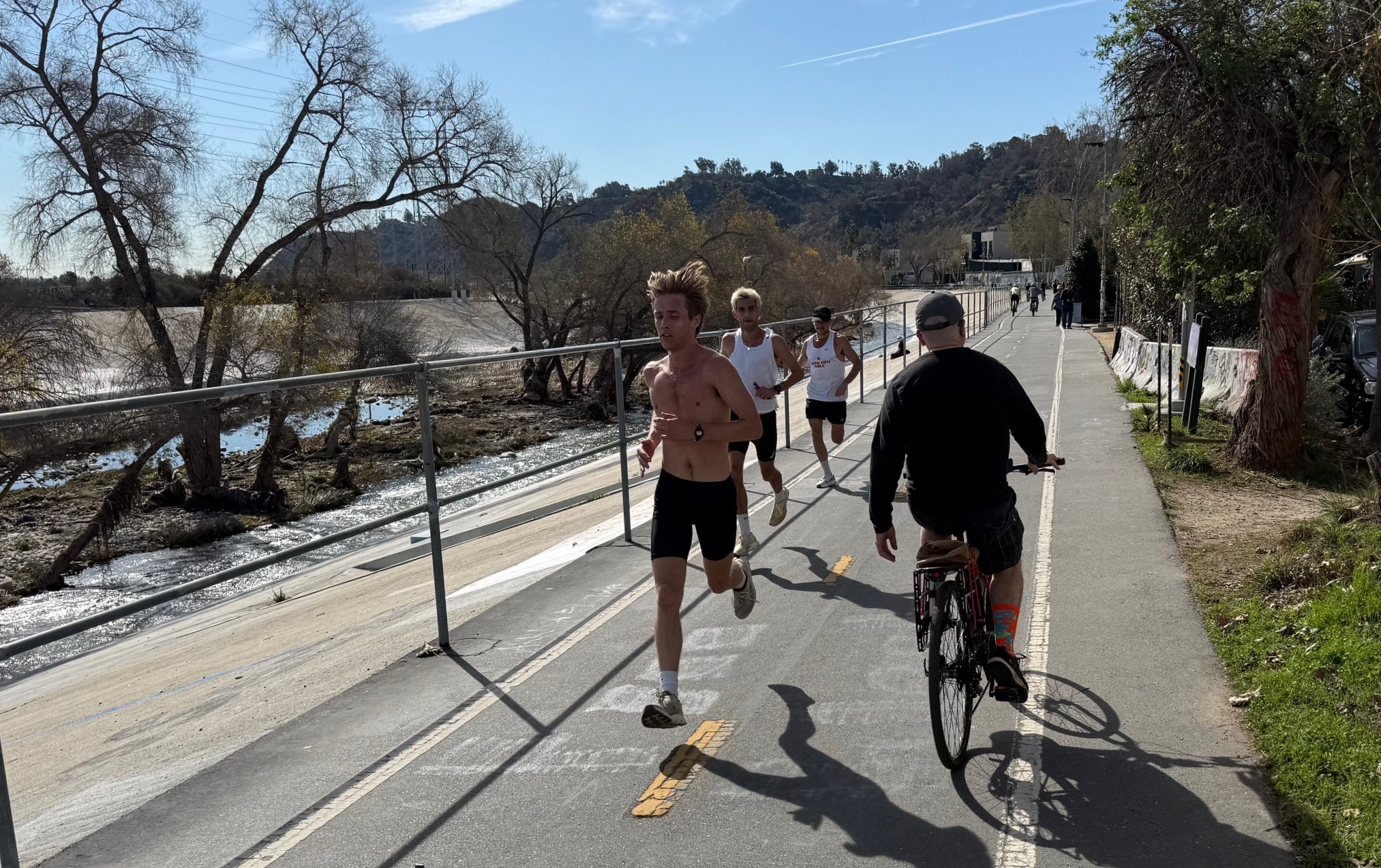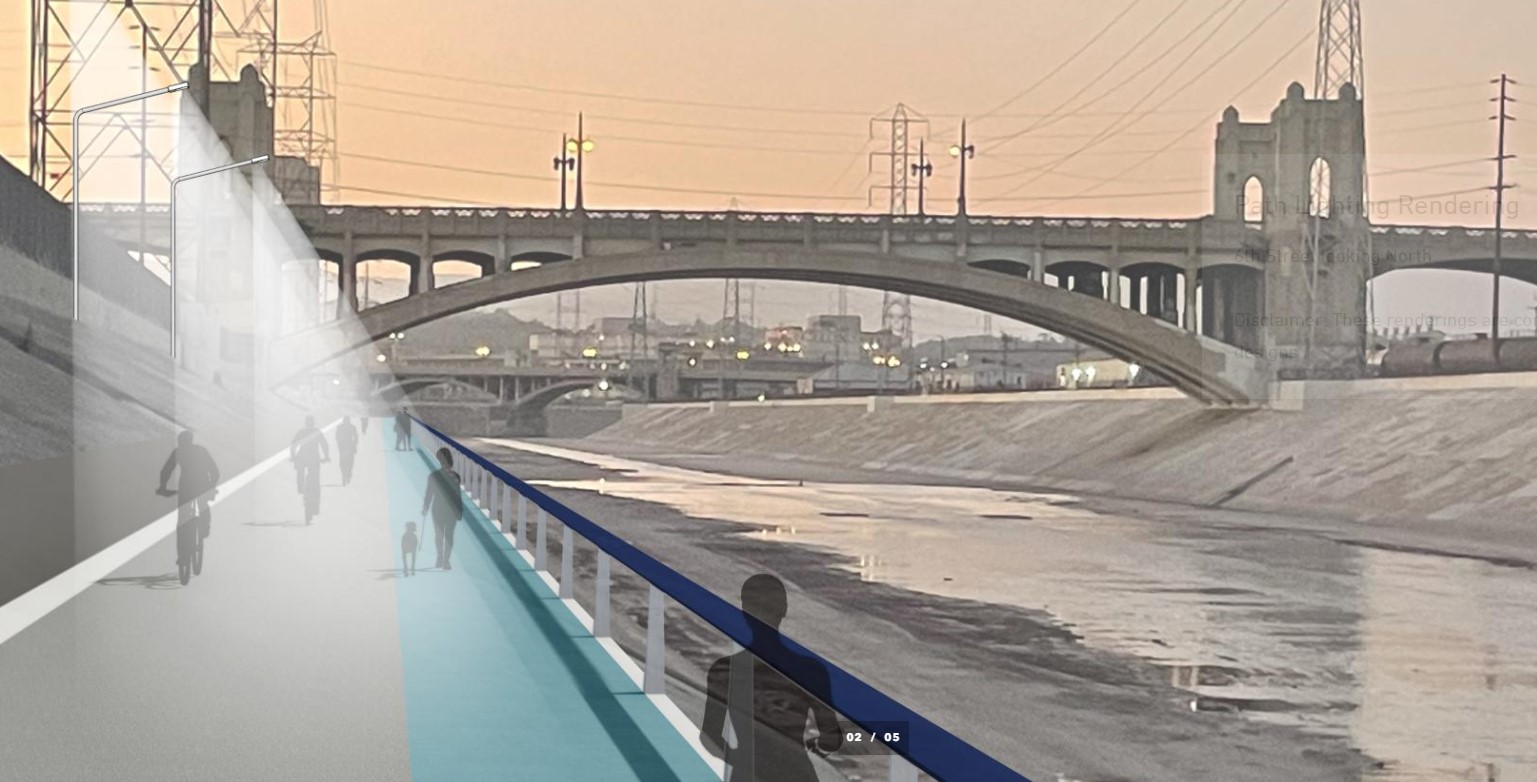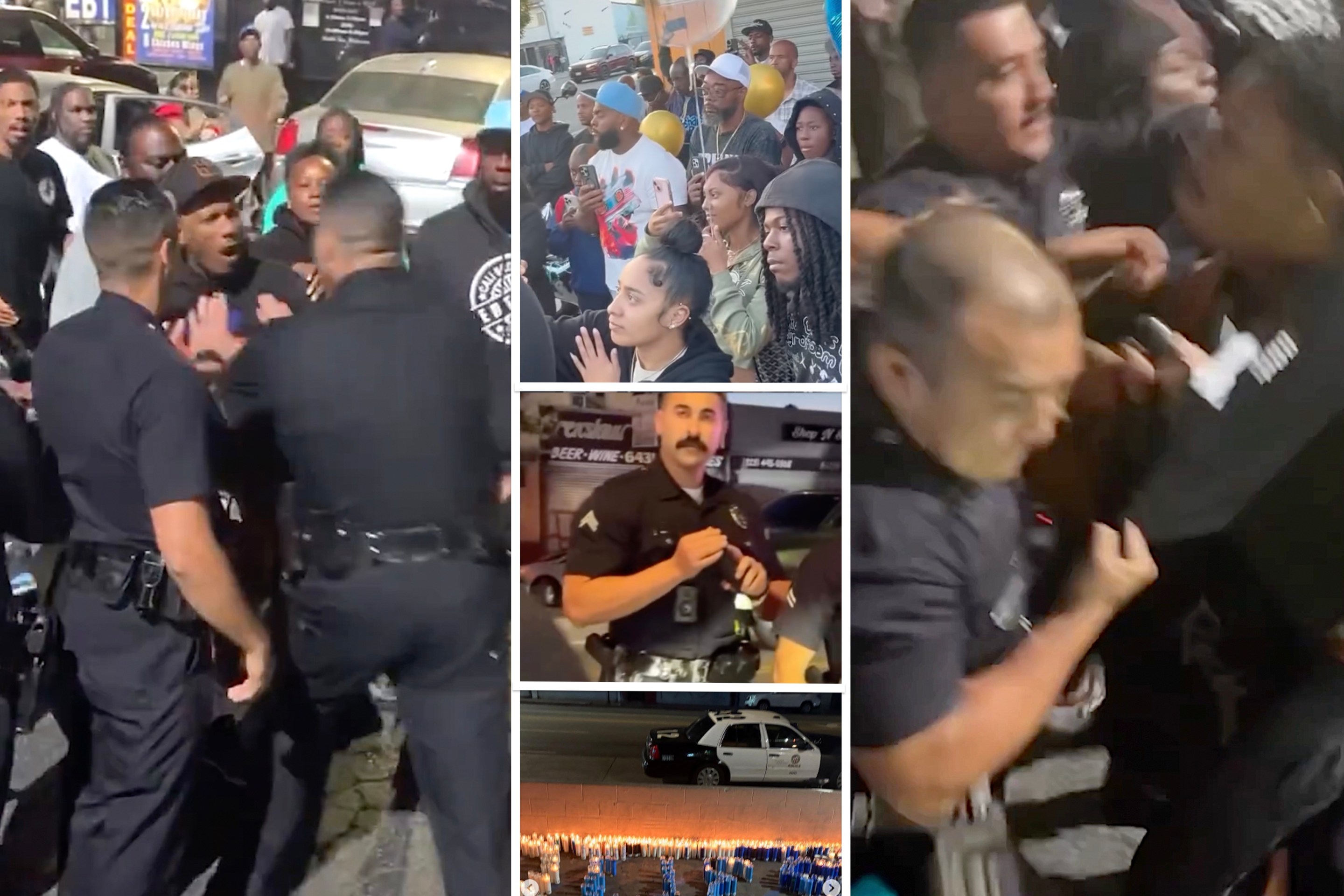Streetsblog had a chance today to ask the former Democratic chief of the House Transportation Committee, Rep. James Oberstar of Minnesota, about life since the 2010 election, when he lost by a hair to Republican Chip Cravaack. He said he’s spending his post-Congress time traveling to France, getting paid to say things he used to say for free, and telling his four kids and seven grandkids the story of his wife, who submitted to breast cancer 20 years ago.
We also asked him for his thoughts about some major themes in transportation today.

Oberstar on the “dissipation” of high-speed rail funds:
We reshaped Amtrak in the 2008 authorization, designating 11 corridors and creating a mechanism by which there could be competition from private sources and from state consortia, with Amtrak, to provide the passenger rail service in a particular corridor.
At first, I didn’t like that idea, but I spent a lot of time talking to Mr. Mica about it and as we talked, I said, “You know, that’s beginning to make more sense. We ought to challenge Amtrak. That’s a good idea; let’s put this into the bill.” And then we got consensus that high-speed should be defined as 110 mph, and that was in the bill. And we got a bill that George Bush signed!
So there was a structure against which to pit [the $8.5 billion in stimulus dollars for high-speed rail]. I thought that was going to happen. Instead, it was all put up for competition for various states to come forward and put a proposal on the table.
Wisconsin, for example: to Madison, Milwaukee, Chicago. That should have been done as part of the Midwest High-Speed Rail Initiative, with Chicago as the hub, south to St. Louis, east through Detroit to Cleveland and eventually to Cincinnati, and west to Minneapolis-St. Paul. That would have been one very defensible, manageable anchor.
The Northeast Corridor could have been another important anchor. The west coast, which is already underway: a third anchor to this system. And then some other amounts in the other corridors, depending on proposals that they would have and should have submitted to DOT.
Allowing pieces to be bid or requested by states dissipated the critical mass of investment. And I’m not saying that in hindsight – that was my concern at the time.
Oberstar on the attack on Transportation Enhancements in Congress:
Transportation enhancements was the pivotal point of transformation at the end of the interstate era — an era in which travelers went where the road took them — to the era in which users of our system had a say in their quality of transportation and where that road should go in the future and how their transportation experience should be managed.






